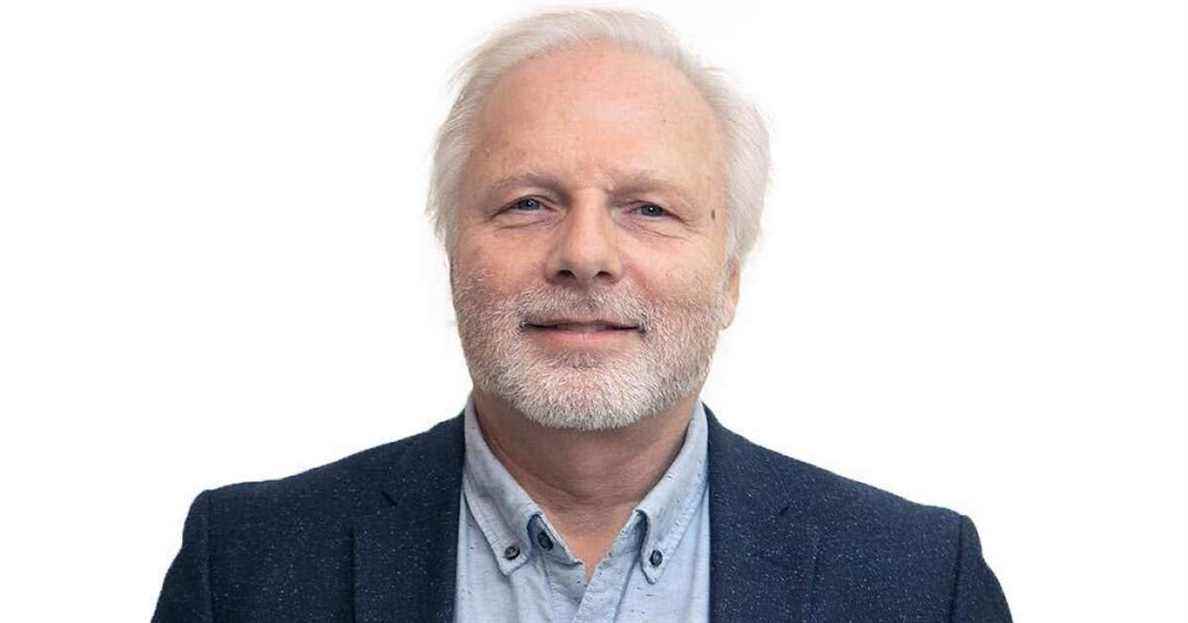We blame what we want to the Ostrogoth influencers, the conspirators, the refractory to vaccination. We can blame François Legault to the hilt for our Christmas with 25 guests which never took place, Horacio Arruda for the rapid tests which molded in the warehouse, Jean-François Roberge for the ventilation failures. But one thing is certain: they are not responsible for the appearance or the spread of the virus.
While the planet assumes the shock of a new variant and dissatisfaction grows in the face of governments exhausted by two years of pandemic management, we are not talking about the great unpunished of the health disaster.
A health crime against humanity
In a normal world where international law takes precedence over the balance of power, the International Criminal Court would these days launch the trial of the Chinese Communist government. The indictment would be: health crime against humanity. In detail, we would speak of breaches of its commitments to prompt transfer of information to the World Health Organization (WHO), criminal negligence having caused the death, to date, of 5.5 million people. An aggravating factor would be noted: recurrence.
The task of the prosecutor would be easy, as the evidence is already in the public domain. We know that the first case of the virus, the characteristics of which were unknown, was discovered in Wuhan on the 1er December 2019. During December, dozens of patients are hospitalized in Wuhan and doctors find that the virus can be transmitted from person to person, since medical personnel is affected. This is crucial information.
A Chinese laboratory determines on December 26 that the virus is similar to SARS, which killed more than 700 people in 2003. Aware of this information, the National Health Commission of China, on December 30, lies and says it There is in Wuhan a “viral pneumonia” which has “no relation to SARS”. On the same day, the Wuhan Municipal Health Commission ordered health workers not to give any information to the public about the virus. But ophthalmologist Li Wenliang expresses concern in his network. His message is widely distributed. 1er January, Li and fellow doctors are arrested by local police and forced to sign a confession that they “published fictitious words” and “severely disturbed social order.”
The WHO is notified of the Chinese outbreak, not by the Beijing authorities, but by an international watch network, Promed, alerted by private messages from Chinese doctors. Requesting information, the WHO was officially notified on January 3 of 44 cases of “viral pneumonia” of unknown cause.
On January 5, Chinese virologist Zhang Yongzhen succeeded in genetically sequencing the virus, confirming its similarity to SARS and the likelihood of its transmission between humans. He wants to share the discovery with his global colleagues, but China’s National Health Commission has ordered that no information be released without his permission. On January 11, at the risk of his freedom, Zhang breaks orders and sends the sequencing to an Australian colleague, who makes it public. The barrier of disinformation has been broken. On January 14, 2020, the Chinese state is still lying to the WHO, claiming to have found no sign of human transmission, even though, secretly, the Chinese Minister of Health advises his subordinates to “prepare for a possible pandemic “. The next day, January 15, the director of the Chinese Center for Disease Control and Prevention said “the risk of human transmission is low.” At that time, more than 1,700 Chinese healthcare workers were infected.
It was not until January 20 that Chinese authorities admit that the virus is transmitted between humans. On January 23, the city of Wuhan was quarantined, confirming to the world the importance of the epidemic.
The question that kills
What would have happened if China had acted faster?
Two studies, one from Yale University, another from the British University of Southampton, indicate that the virus would have been massively contained, and its spread reduced by at least 86%, if China had imposed a lockdown in early January, when she already had in hand the scientific evidence on its dangerousness. Containment in mid-January would have reduced it by 66%.
China’s guilt is all the greater as its behavior during the SARS crisis had already earned it international disapproval. The first outbreak of the virus had taken place in November 2002 in its province of Guangdong, but China did not notify the WHO until February 2003. The Chinese authorities had then formally committed to be more transparent with the WHO in the future. Broken promise.
I will spare you the legal details, but the legal experts believe that the safest approach would be for one or more member countries of the WHO to seize the International Court of Justice. If the court agrees to hear the lawsuit, the trial will begin. Obviously, China could refuse to defend itself and, even more, refuse to submit to the judgment, which would put it in violation of its international obligations.
One big question remains. Will we find in the international community one or more countries with enough guts to initiate this procedure? If this health crime against humanity is not worth a trial, if 5.5 million deaths are not enough to claim accountability, if not reparation, it is justice itself that will be the ultimate victim of the combined scourge of virus and dictatorship.
[email protected]; blog: jflisee.org
